We’ve spent the past couple of months charging around on the Momsen VIPA TWO. Charging around is what this bike was designed for – aka racing. At a time when XC/marathon bikes are going through a phase of change, does this South African brand still stand up to South African expectations?
The TREAD test team
Photos: Dino Lloyd

THE BIKE
The TREAD test crew has significant experience with Momsen bikes. Company owner, Victor Momsen, makes sure of that. We’ve ridden – and raced – every iteration of the VIPA, which was the first full-suspension, full carbon 29er to come out of South Africa. The latest offering is the VIPA ONE, TWO, TEAM and TEAM LTD in ascending order. The VIPA TWO has the same frame as all the others in the range – full carbon front and rear triangles. The low-leverage single-pivot suspension design remains unchanged – 80mm of travel in a Fox Float Performance shock with firm/lockout setting.
Except for the TWO Di2 model, the new range of VIPA’s all come standard with a 1×11 drivetrain as follows: ONE – Shimano SLX, TWO – Shimano XT, TEAM – Shimano XTR; and TEAM LTD – SRAM XX1. More confirmation that the VIPA is a high-performance model that’s unashamedly aimed at the committed/competitive racer.
Unlike most new model XC/Marathon bikes, the current VIPA doesn’t have Boost width sizing. A year ago, this wasn’t a major issue, but it’s now become the norm. Does Boost affect ride quality though? And if so, by how much? Those are the real questions that need to be asked.
Updates from the previous ‘generation’ of the VIPA include the addition of a second bottle cage with the incorporation of an ‘Adaptor’, essentially an add-on that angles the bottle cage appropriately to be able to hold a second bottle inside the frame. A smart solution for a country where two bottle cages are a high priority for so many.
On the front of the toptube are the two bolts that were on the previous generation VIPA in anticipation of Momsen’s ITB – Integrated Toptube Box, a neat-looking storage unit in which to carry spares or energy products (we never received one with the test bike).
There are also internal cable routing ports, which have been very neatly integrated into the frame with removable covers to reduce installation/replacement stress…
The fork is a RockShox SID RL with 100mm of travel and remote lockout and the wheels comprise Stan’s ZTR Crest rims with Shimano XT hubs. Our test bike came with VeeTire Rail 29×2.20 tyres.
The groupset is Shimano XT throughout – the drivetrain is a 1×11 with 11-46 cassette and 32 chainring and the brakeset has 160mm rotors front and rear.
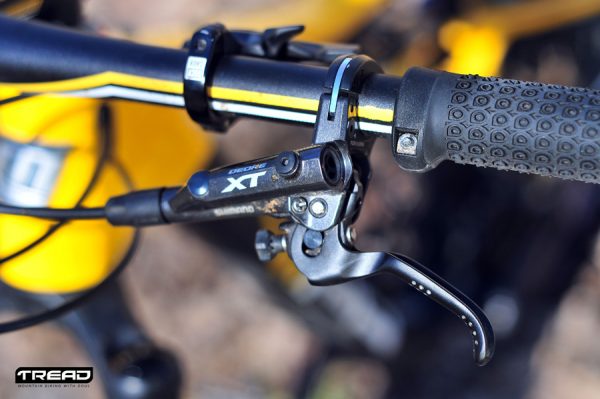
The bars, stem, seatpost and saddle are all colour-matched aluminium Momsen Design, Momsen’s in-house component brand. In terms of dimensions, the bar is a flat bar with 700mm width and 6 degrees backsweep, with a 100mm stem.
It comes in three sizes – Small, Medium and Large. Off limits for tall riders, but obviously within the size curve of at least 80% of Momsen’s target market.
The colour is canary yellow and black, which has been beautifully finished, including elements of a topographic map of the Baakens Valley trail on the toptube. The Baakens Valley trail is in Port Elizabeth, the home-town of the Momsen brand. It’s also the trail on which Victor Momsen himself test rides the company’s prototypes. The bottom half of the frame is largely black and the top half largely yellow, making it more practical from a dirt-show perspective. Bright yellow may not be to everyone’s liking, but we certainly grew fond of it quite rapidly. The 2018 version, available from September 2017, will be black with silver and red detailing.
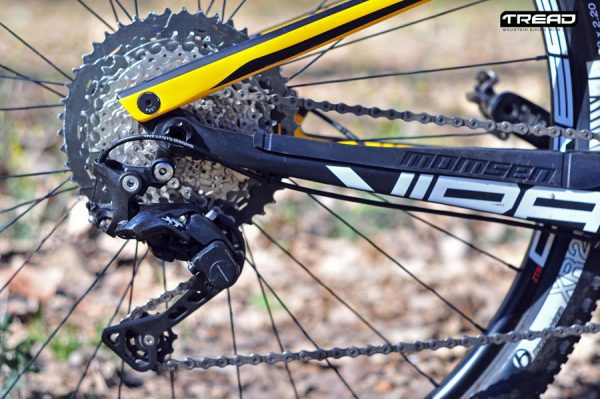
THE RIDE
When it was launched, the VIPA had a 70.5-degree headtube angle, at the time more relaxed than most of its rivals, which had 71.5-degree or even 72.0-degree headtubes. The new generation of XC/Marathon bikes all have sub 70-degree headtube angles, because “World Cup XC courses have become more extreme”. The VIPA was considered a touch slack– until 2016/17. Now it’s one of the steeper headtube geometries. Is it noticeable though?
Not really. Well, not in our opinion. And we had three experienced riders test this bike.
But we didn’t test the bike on World Cup XCO courses and most South African mountain bikers don’t race XCO.
What about Boost width hubs – all the rage on virtually all new model bikes? But not on the current model VIPA? Put it this way: Have you ever heard someone say: “I have to get Boost hubs! I can’t believe how much faster Boost hub-bikes are”? Nope, it’s not like 29-inch wheels, which deliver obvious differences in performance.
Sure, Boost does stiffen up the frame, allows for shorter chainstays and opens up wheelset options, but we can’t say that we notice much difference on 29-inch XC/marathon bikes (with and without Boost). We know this because Strava. We use a number of familiar Strava segments in Johannesburg and Pretoria for XC/marathon bike testing and the VIPA TWO is right up there, sometimes faster in comparison to 2016/17 model Boost-fitted bikes. One advantage though is that boost could allow for greater clearance of higher volume tyres and for mud.
One disclaimer though: We did have to change the tyres. The VEE Tire Rail that the VIPA Two comes with are light and were rather grippy, but we had a number of holes to deal with on the first few rides, so switched to Bontrager XR2, which were superb in the mostly dry firm and sketchy conditions we rode this bike in.
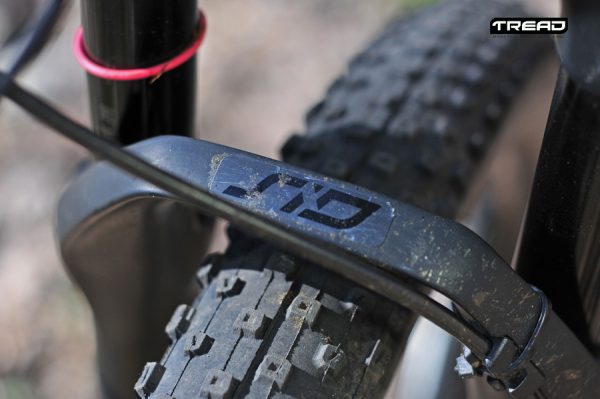
The rear suspension continues to stymie us. Just 80mm of travel, but never once did it feel inadequate or at its limit. And we didn’t avoid drop offs or rough, rocky descents…
With the shock set in firm mode, there’s almost complete ‘lock out’, which ensures the bike is appropriately responsive to pedalling input on smoother climbs and hardpack trails.
The RockShox Sid RL is an ideal fork for this bike – the 100mm of travel is more than sufficient for the kind or terrain most will ride in this country. Our testers all tend to use fork lockout sparingly, but the lockout worked like it should when it was used. Although we did find getting the wheel off and on again was somewhat finicky when trying to line up the skewer with the fork’s cut out thru axle and hub.
The 1×11 drivetrain is the main update on the VIPA (compared to the previous iterations). If you can’t roll a 32-46 up a steep climb on a high-performance bike, then you need to spend some time conditioning your body, or adjust your goals. Seriously. Of the three TREAD testers that rode this bike, one was a woman. She found the gearing adequate despite not being in ‘race condition’. There’s always the option of swapping the 32 for a 30 though…
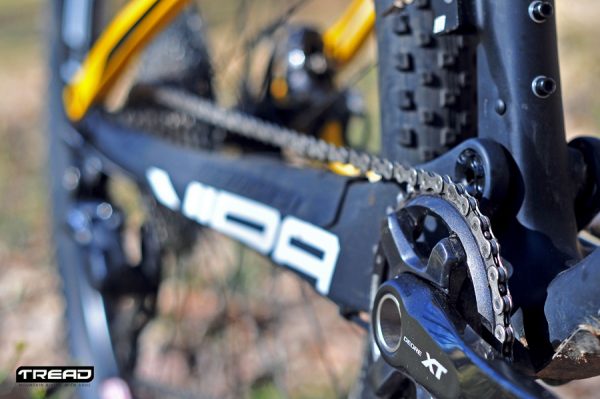
The wheelset is a solid one in terms of a combination of weight/strength/value. Actually, riding the VIPA over some seriously gnarly rocky sections made us realise just how far wheel technology has come. Not that long ago, rims and spokes were regularly replaced after rocky rides.
Internal cable routing always makes for a neater looking bike. This is the case on the VIPA TWO, but we did hear some cable-rattle noise from inside the frame on very rocky traverses.
We fitted the bottle cage adaptor to include the second bottle. It’s a well-designed system that works very well. Pretty impressive concept actually and a good update for a market that’s largely become quite dependent on two bottles. It can’t take a large bottle though, but that’s fine. We used the Momsen bottle as recommended by Momsen and a side-entry bottle cage and experienced no clearance issues. Momsen also has VIPA side-entry carbon cages at R515 each should you want to match your cages to your bike.
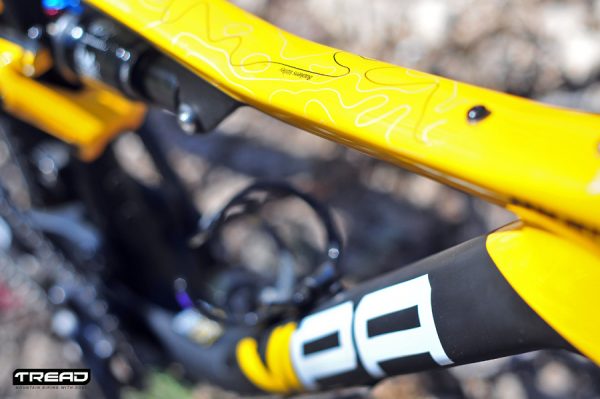
THE VERDICT
It’s four years since we first rode/raced one and we’re still impressed with the Momsen VIPA. The fact that this category has been going through some changes over the past two years, and that the VIPA is still very much a solid performer within it, is testament to Momsen’s frame design and understanding of the South African market. You’ll struggle to find a similarly specced full-sus, full carbon 29er at this price.
There’s a limitation for tall riders though, as the Large proved a touch small for a 1.80m mountain biker that sought our assistance during his buying process. But for those (male or female) that fit on a Small, Medium or Large, the VIPA TWO is a seriously good value-for-money high performance bike.
RRP: R61 500
Riding: XC-MARATHON-TRAIL-FREERIDE
Rider: RECREATIONAL-COMMITTED-PERFORMANCE
Score: 8/10
Find the full spec here: Momsen Bikes, Vipa Two
Previous TREAD reviews of Momsen Bikes and VIPA models (Vipa 29, Vipa 650, Vipa AC): Tread – Momsen
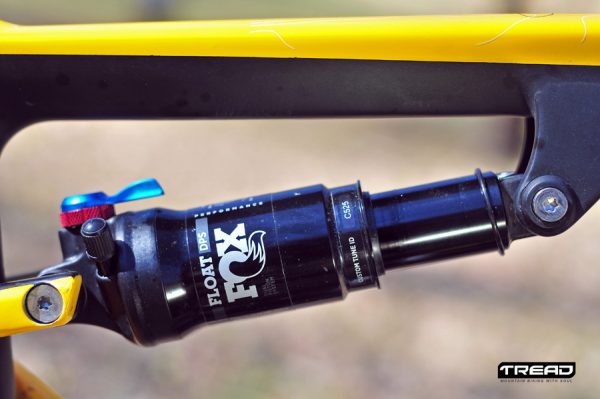
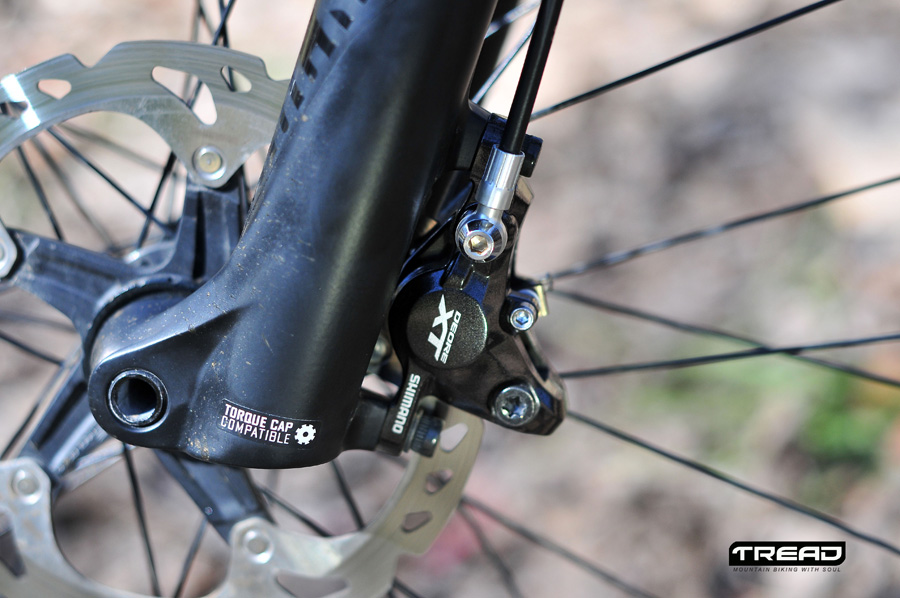
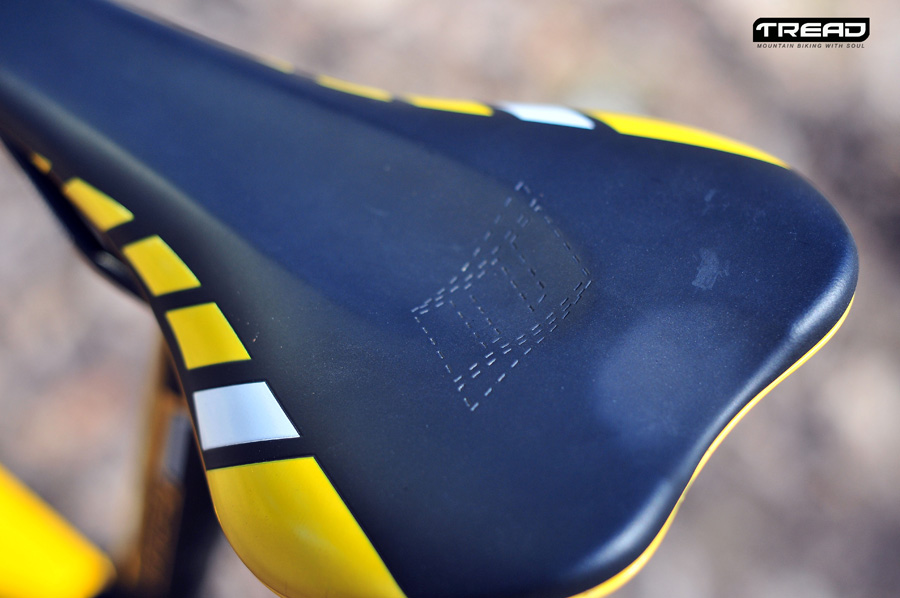

All rights reserved.


